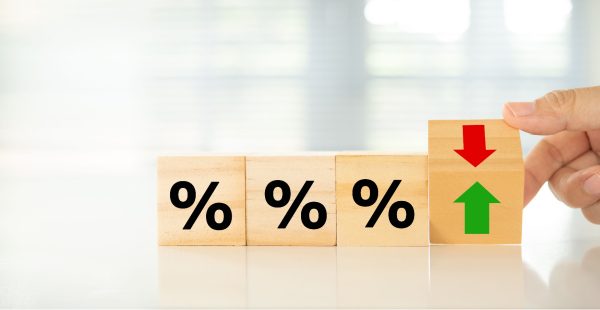Aus economy ‘shaky’, investors warned to up their defence

Too few are prepared for the very real prospect of a ‘hard landing’ in Australia, says global investment firm VanEck, with investors urged to be wary of a stalling local economy and modest growth prospects.
“We’re surprised more people aren’t worried about a hard landing in Australia,” VanEck wrote in its latest ViewPoint report.
“We’re potentially already at a soft landing, and, unfortunately, there aren’t too many growth positives right now.”
VanEck notes an “abundance of liquidity in the system”, with buoyant ‘risk-on’ markets that have the potential to deliver an inflation resurgence.
Investors have been urged to avoid complacency and getting caught up in “irrational exuberance”.
“Momentum begets momentum and momentum can also be negative,” VanEck Asia Pacific chief executive and managing director Arian Neiron wrote.
While business investment was rated as “okay”, various other economic health indicators fare poorly.
“[Despite] rock-bottom vacancy rates, housing investment is in the doldrums. Commodity prices for Australia’s exports look toppy,” the report stated.
Moreover, real household disposable incomes, battered by inflation, have been going backwards, the report read, with consumer spending in turn also stalling.
Despite some modest tax relief on the way, delivered as part of the Albanese Government’s prospective cost-of-living tax cuts package, VanEck said it was sceptical this cash injection would have a material impact on consumer spending.
A weakening labour market could prove a tipping point for an economic spiral.
“If businesses start layoffs in response to weak demand, then household incomes could fall further, and we get a downward spiral,” the report wrote.
For VanEck, while the RBA’s efforts to quell inflation have been promising, it fears that the central bank has “missed the boat on growth”.
“It’s not hard to find data to suggest the Australian economy is doing it tough. Indeed, the broadest measure, GDP, would suggest the economy has stalled.”
However, data may also be masking other weaknesses. Neiron, for instance, notes that employment figures may not be as strong as the data suggests.
“The RBA is paying close attention – and rightly so. The last employment print was a surprise. If it turns out we’ve been misled by employment figures which are unwittingly skewed due to changed seasonal patterns, there are some challenging times ahead.”
“Any signs of labour market capitulation will see Australian rate cuts coming thick and fast.”
Central banks on a diverging path
For VanEck, this year “heralds a distinct de-syncing” of central banks’ monetary policy initiatives, which over recent years have largely been in sync.
Investors should be factoring in an increasing divergence between global economies, Neiron said.
“We’re coming out of a period of central bank synchronicity, with divergence of the key theme going forward. Prudent investors will be bolstering their portfolio to withstand potential exogenous risks that may present themselves,” he said.
For instance, while growth forecasts for Australia are notably downbeat, VenEck said that the US economy “looks fine”.
“Business investment is solid. At the same time, real household income has improved as inflation has retreated, stoking consumer sentiment. The housing cycle is turning up and in an election year, there’s no sign of any fiscal retreat.”
With less than positive economic forecast, VanEck has called on local investors to exercise restraint and to stick to tried and true investments.
Accordingly, equities investors should “stay the course” with quality companies that have a demonstrable track record of stable earnings, high return on equity and low financial leverage.
Bond investors, meanwhile, should focus on investment grade credit, with the firm seeing “mark-up in insolvencies in the small to middle market complex”.
A gold hedge is also recommended, with VanEck noting the recent surge in gold mining stocks.
“Tail risk hedges are a necessity,” Neiron wrote. “Investors would be wise to start holding gold and gold miners”.
The report added: “March has seen the rise of the miners, with gold mining stocks strongly outperforming gold bullion during the month.
“This could be the beginning of a reversion-to-the-mean trend that sees gold mining equities once again display their leverage to the gold price and outperform bullion when gold prices are rising.”












This is nothing new ! It has been going on for decades ! How can giving over $1,000,000 to a…
Was Previously with Charter and still in contact with former colleagues still there, your assessment is correct.
Nah, the AMP vertically intergrated model is effectively dead. It's a broad APL. It wouldn't come as any surprise that…
So let me get this right - Canberra spends an awful lot of time and effort focusing on consumer protection/compliance…
Just wind them up please so the rest of the financial planning industry can move forward without an albatross around…